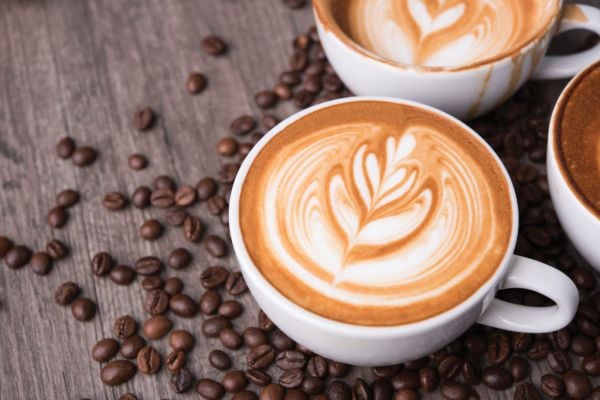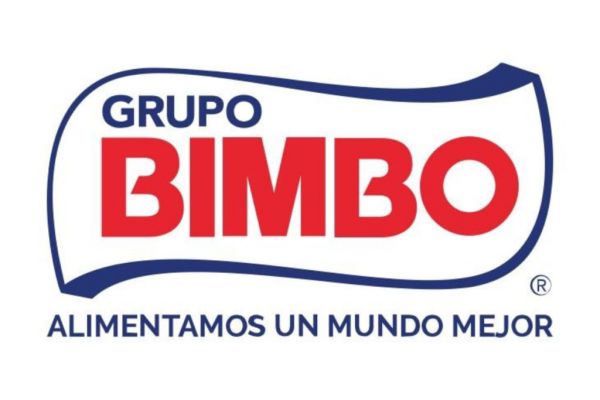The closure of much of the HoReCa channel over the past year has led to plenty of innovation in the at-home hot-drinks segment. Dayeeta Das reports. This article first appeared in ESM July/August 2021.
The onset of the COVID-19 pandemic in early 2020 changed the course of many businesses, and the hot-drinks sector was no exception, witnessing new consumption patterns as lockdowns across the globe resulted in the closure of cafes, bars and restaurants.
In Europe, 18 out of 40 branded coffee chain markets contracted in 2020, with the UK seeing a 1.9% decline, to 9,159 outlets, while Germany posted a 3.1% decline, according to a report by World Coffee Portal.
The sector, which is traditionally dominated by out-of-home consumption, saw more people turn to at-home solutions.
“Home became the epicentre of our lives for many months, and this had an impact on consumption habits overall, as people sought to recreate away-from-home experiences at home,” Prodromos Nikolaidis, group coffee director, Coca-Cola HBC, tells ESM. “Consequently, the importance of the at-home channel significantly increased overnight, and coffee was no exception to that.”
Coffee Challenge
For coffee companies, particularly those focused on out-of-home offerings, the pivot towards the at-home channel led to the development of new products and services, with the focus very much on accentuating the consumption experience.
For example, in May of last year, Coca-Cola’s Costa Coffee brand rolled out 23 different combinations of coffee blends and formats, including single-origins, 100% Arabica blends, bright and dark roasts, RTD coffee, and decaf.
The group’s Total Coffee Company (TCC) strategy seeks to ensure that customers can enjoy a Costa coffee ‘wherever and whenever they want’, facilitating the need to develop a multi-platform approach.
Elsewhere, over the past year, tea and coffee SKUs have regularly featured among the top ten Amazon best-sellers in the beverage category, indicating a continuing demand for at-home options, reflecting firms’ willingness to cater to the evolving needs of shoppers.
“Innovation has always been a significant growth-driver in coffee,” says Nikolaidis. “Triggered by the rise in at-home consumption, there are more premium blends, barista-style coffees, portfolio expansions, subscription models, and efforts towards educating consumers.”
The increased demand for at-home coffee solutions is also reflected in the balance sheets of major hot-drinks players. In 2020, JDE Peet’s saw sales of packaged coffee products usually sold in grocery stores – its largest business – rise by 7% in its largest market, Europe. Lavazza saw 17.3% growth in revenue in its retail channel, which was well above the market average in key countries and across all segments, including roast, ground, capsule and beans. Growth in the retail channel in Germany went up by 35%, by 22% in the United States, by 15% in the United Kingdom, by 30% in Russia, and by 10% in Poland.
Elsewhere, in the first quarter of 2021, Nestlé saw sales of powdered and liquid beverages, including coffee, grow by 9.9% year on year.
Out-Of-Home Recovery
As the world inches towards normality, boosted by accelerated vaccination programmes, the out-of-home sector is on a path to recovery. Starbucks reported a strong sales recovery in its US market in its second quarter, ended 28 March 2021, with 9% growth in comparable store sales.
A recent report by Statista forecast that by 2025, 80% of spending and 21% of volume consumption in the hot-drinks market in the UK will be attributable to out-of-home consumption, indicating that a return to normality is likely, however, the threat of new COVID variants means that the return to pre-pandemic consumption patterns could be a long, drawn-out process.
“We expect that coffee consumers will continue to explore different tastes, value quality, seek innovation, and appreciate sustainability,” says Nikolaidis. “In this context, we are optimistic that the coffee category will further grow – seizing opportunities in on-the-go consumption moments as well – and will become further premium, with pods and whole roasted beans, while the mass-premium and premium segments of roast and ground coffee will remain in the driver’s seat.”
Tea Industry
Wherever there is talk of coffee, tea cannot be far behind. Tea has been traditionally associated with health and wellness, and the pandemic has added another reason for consumers to consider the beverage. Data from Coherent Market Insights suggests that in 2020, the global consumption of tea amounted to around 6.3 billion kilograms, and it is estimated to reach 7.4 billion kilos by 2025.
In the US, the tea category saw overall growth of 3.6% in 2020, with sales in grocery stores up by 18% to 20%, reflecting the wider hot-drinks segment, Peter F. Goggi, president of the Tea Association of the USA, said in a video ahead of the World Tea Conference, held in June.
Goggi pointed out that this growth was driven primarily by health and wellness – a factor that has previously boosted the segment and is likely to remain the case, even as the pandemic subsides.
In Western Europe, recent innovation in the tea sector was marked by increased online availability, as well as more varieties of calming/mood-enhancing herbal teas, according to Euromonitor. Both factors were crucial from the perspective of the pandemic: the development of new SKUs claiming stress relief increased from approximately 120 in 2019 to more than 160 in 2020, with mood-enhancing and sleep-inducing teas also witnessing growth.
The Sustainability Factor
As in other sectors, sustainability has become an important factor for the hot-drinks market.
According to Euromonitor International’s Voice of the Consumer: Lifestyles Survey 2021, two thirds of consumers across the world say that they try to have a positive impact on the environment through their everyday actions. However, in 2020, only 15% of all hot-beverage products sold globally featured some form of environmental or sustainable positioning.
Companies are striving to bridge this gap by increasing their offering of responsibly sourced goods, but there is still a long way to go. Recently, Finland’s S Group acquired sustainability certification for all its own-brand tea, coffee and cocoa products. Lidl Belgium has pledged to switch to 100% Fairtrade cocoa by 2025. Coop Switzerland is offering organic ingredients for coffee machines at its supermarkets and restaurants.
While these are positive steps, sustainable products also feature a premium price tag, and hot beverages are no exception. End users often end up paying for the price difference that results from the use of eco-friendly cultivation methods, fair price policies, and the traceability of raw materials. With the pandemic and associated uncertainty in household incomes, paying extra for coffee and tea may not be a viable choice for many households with limited/reduced income.
Contrasting Trends
At the same time, however, the pandemic has also created an appetite for premium products when it comes to hot drinks, and coffee in particular.
“What we’re seeing is a combination of two contradictory trends: value for money and premiumisation,” says Nikolaidis. “On the one hand, shoppers continue being mindful when it comes to their spending. On the other, they are seeking as close to barista-quality coffee as possible at home, and this drives premiumisation, but there is not a one-size-fits-all approach.”
The combination of the events of the past year has created a somewhat dynamic environment for the hot-drinks sector, which makes it imperative for players in the industry to chalk out a growth plan that caters to both short- and long-term needs, taking into account the specific needs of at-home and out-of-home customers.
Nikolaidis believes that, to lead in this dynamic environment in the long term, “the innovation agenda has to expand beyond portfolio additions to cover broader areas, such as new services, new route-to-market models, knowledge-building and digitalisation.
“The traditional channel management approach won’t necessarily be enough to address the daily needs of future consumers and shoppers. How quickly someone can get their favourite cup of coffee and how many varieties they can choose from to meet their specific taste will be key success factors.”
© 2021 European Supermarket Magazine – your source for the latest A-Brands news. Article by Dayeeta Das. Click subscribe to sign up to ESM: The European Supermarket Magazine.














